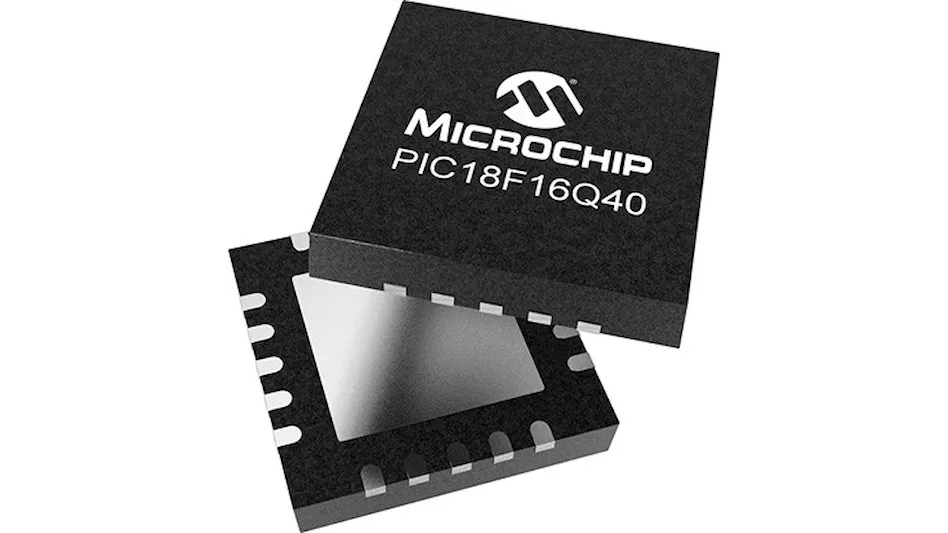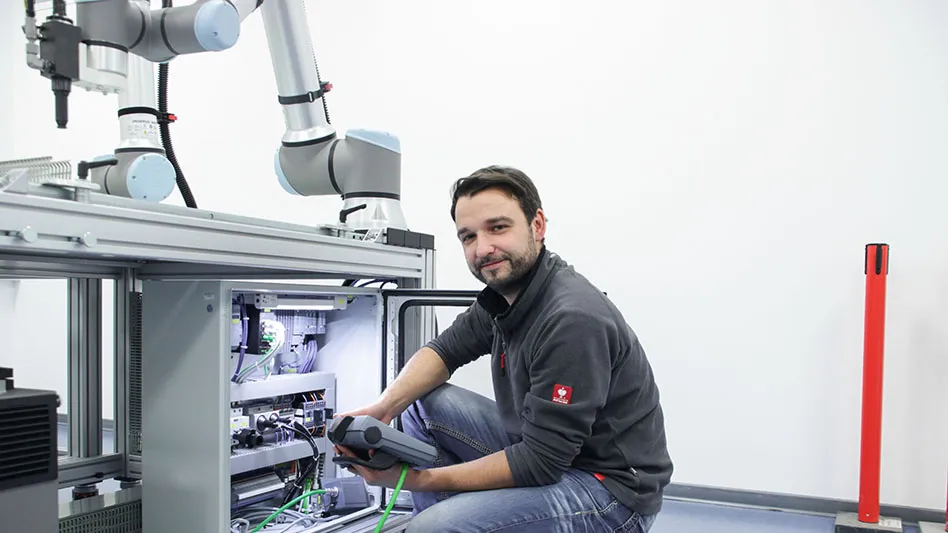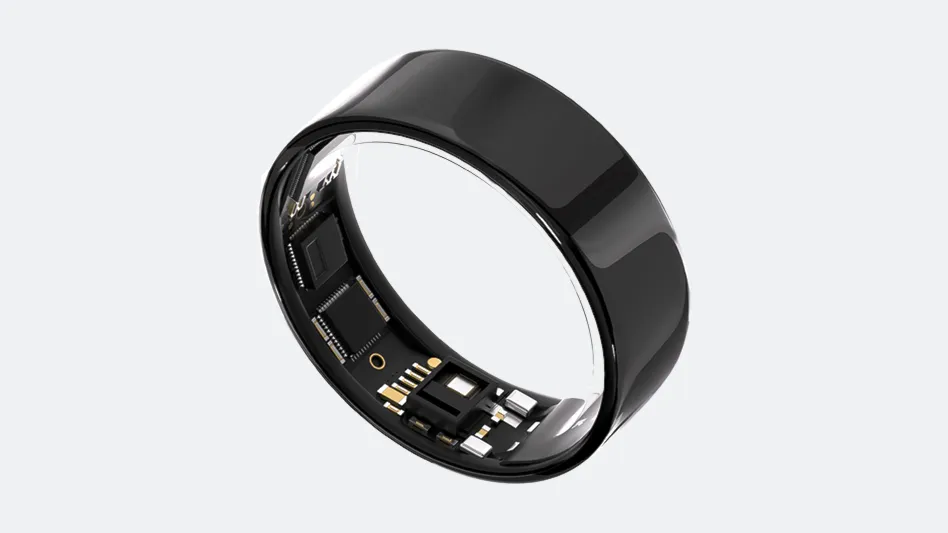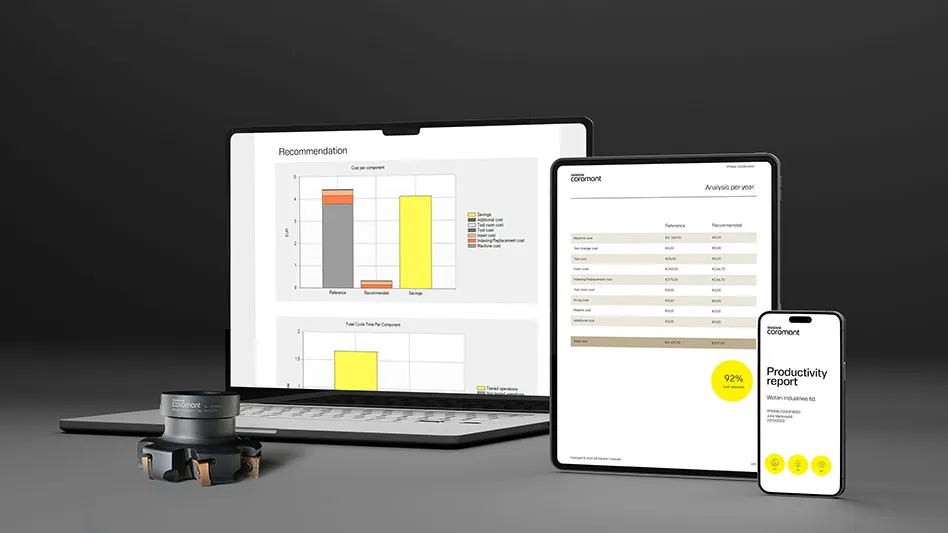
Microchip
Microchip’s Stephanie Pinteric, 8-bit Microcontroller Business Unit discusses the new PIC18-Q40 microcontroller (MCU) Family.
Today’s Medical Developments (TMD): Can you summarize some of the key features and benefits of the new PIC18-Q40 family?
Stephanie Pinteric (SP): The PIC18-Q40 family extends the PIC18 portfolio to low pin count with large flash memory, small footprint packages and versatile analog and digital CIPs for portable and space-constrained designs. They are equipped with CIPs with interconnection capabilities that allow fast system response, precision control, design flexibility and lower power consumption. Additionally, our award-winning development tools with its Graphical User Interface (GUI) environment makes it easy to quickly customize combinations of CIPs and generate application code.
TMD: What does the PIC18-Q40 family bring to the market?
SP: It brings to designers the advanced functional capabilities of CIPs that handle a smart medical device’s critical tasks with no code or supervision from the CPU to maintain operation. This greatly simplifies the implementation of complex smart device control systems while creating new opportunities for designers to innovate.
TMD: Why are these new capabilities significant for the industry?
SP: The American Hospital Association reports that 76% of U.S. hospitals connect with patients and consulting practitioners at a distance through use of smart medical device technology. Demand is growing for these devices used in telehealth and remote medical care applications, as well as the nebulizers and syringe pumps that facilitate either unattended, continuous drug delivery or real-time dosing control.
Medical nebulizers are commonly used for the treatment of chronic obstructive pulmonary disease (COPD), asthma, cystic fibrosis and other respiratory diseases, while syringe pumps can save medical staff time and reduce errors for medications that need to be slowly pushed at specific flow rates at particular intervals of time over the course of several minutes to several hours.
MCUs with CIPs make it easier to build these and highly integrated smart medical devices while delivering higher performance, reducing power requirements and cost, and giving designers more flexibility to innovate new capabilities.
TMD: Can you provide examples of smart medical devices that can benefit from the PIC18-Q40 family’s capabilities?
SP: There are many good examples, including Bluetooth connected thermometers. Two specific examples to discuss are: 1) the nebulizer, a device that breaks up drug solutions into small aerosol droplets and delivers them directly to the patient’s airways for respiratory therapy; and 2) the syringe pump, which is used to gradually administer small amounts of liquid medication to patients and is also used in microfluidic applications for chemical and biochemical research.
TMD: What does the PIC18-Q40 offering bring to these applications?
SP: In the first application, the PIC18F-Q40 and its Core Independent Peripherals (CIPs) are particularly valuable for nebulizers that use an analog signal with a specific high voltage and resonant frequency to rapidly vibrate a piezoelectric mesh. The voltage and frequency of this analog driving signal can vary from device to device due to manufacturing tolerances. But the MCU and its CIPs work alongside discrete analog components to implement the piezo mesh disk driver’s core boost and output stage functions so there is always an adequate and reliable analog driving signal.
In the second application, the PIC18-Q40 family and its CIPs provide all the control signals needed for each stepping mode of a companion MTS2916A motor driver from Microchip. In both applications, the CIPs need no further firmware interaction after their initial configuration.
TMD: What benefits do Core Independent Peripherals (CIPs) bring to these types of applications?
SP: CIPs allow smaller, lower power PIC MCUs to perform timing-critical and core-intensive system tasks in hardware with no code or supervision from the CPU to maintain operation. While the CPU is free to do other tasks or go to sleep to save power, the CIPs provide the total system with precision control, fast response, power saving and lower system costs. Without CIPs, you would have to use external standalone Pulse Width Modulation (PWM) signal generators, boot converters, DACs, etc. in both examples. CIPs enables a higher level of integration which significantly reduces PCB footprint, BOM costs, power consumption and validation time.
TMD: What are some of the innovation opportunities you mention?
SP: In the nebulizer example, the power circuitry of the nebulizer consists of two functions, a boost stage to generate a higher voltage from the batteries, and an output stage which produces the sine wave to drive the piezo mesh. The boost stage uses two 16-bit Pulse Width Modulator (PWM) modules, an op-amp, a comparator, an 8-bit Digital-to-Analog Converter (DAC) and the Configurable Logic Cell (CLC) CIP module to implement a boost regulator that runs completely independent from the software. Initially, the software configures the peripherals and enables the output, but after that, the boost regulator requires no software interaction while running. The output stage provides the high-voltage sine wave drive signal for the piezo mesh disk. It is a boost topology as well, so it does provide gain over the bulk voltage from the boost stage. The output MOSFET is driven by the Numerically Controlled Oscillator (NCO), which provides a variable frequency with a fixed 50 percent duty cycle. The fine adjustment range of the NCO allows the output stage to be tuned to the particular piezo device attached to the nebulizer.
Microchip has developed more than 20 CIPs to autonomously handle the most common embedded tasks, leaving the CPU to perform a supervisory role. All these versatile peripherals with advanced interconnection capabilities makes it easy for developers to customize their specific design configurations. Our MCUs are equipped with CIPs like timers, simplified Pulse Width Modulation (PWM) output, Configurable Logic Cells (CLCs), Analog to Digital Converter with Computation (ADCC), multiple serial communications and much more. CIPs offer flexible, easy-to-use building blocks for developers to create a customized device.
Our MCUs feature intelligent peripherals that can automate signal analysis functions and provides programmable logic that operates outside the speed limitations of software execution which provides customers with the ability to tailor such things as waveform generation, timing measurements and more. They also provide compensation information to digital pulse-width modulators (PWMs) and provide auto-shutdown capability without CPU intervention. Our CIPs help reduce external components which decreases total system costs.
TMD: Besides medical applications, what other applications can the PIC18-Q40 family benefit?
SP: The PIC18-Q40 family in 14- and 20-pin packages are well suited for a wide range of embedded applications including remote medical care, wearables, consumer, automotive, industrial, and Internet of Things (IoT).
TMD: When will the PIC18-Q40 family be available and where can designers get additional information about it and the two application examples?
SP: The PIC18-Q40 family is available now for volume production and sampling in a variety of packages.
Latest from Today's Medical Developments
- Next generation of vision implants
- UCIMU: Q1 2024, a downturn in the orders of machine tools
- #43 Manufacturing Matters - 2024 Spring Aerospace Industry Outlook with Richard Aboulafia
- Tsugami America’s Technical Center in Minnesota
- RobOps Copilot for AI-powered robot optimization
- Current products
- US companies invest heavily in robots
- #34 Lunch + Learn Podcast - Cobots' potential to revolutionize aerospace manufacturing with Techman Robots





